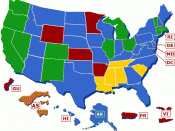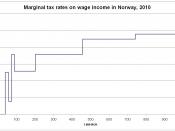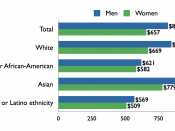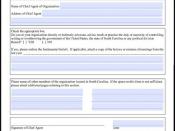Keys To Managing Compensation A good compensation plan must seem fair to the employees, and meet the objectives of the organization. Compensation plans should reward employees for past performance, and offer some benefit for future performances. This could also determine the quality of employees the organization attracts.
The two major factors that determine how wages are set are internal factors and external factors. Some internal factors are policies set by the employer; job worth, which is usually determined through job evaluation; and the amount the employer has budgeted for salary increases. External factors are minimum wage laws; the average paid in the area; increase in the cost of living; and labor union influence.
In order to determine the rate of each job, organizations do job evaluations. The systems used to evaluate the jobs are job ranking, job classification, point, and factor comparison. Of these, the point system is the most simple to understand and use once established.
Management positions are usually not included in the job evaluation program.
In determining the actual pay rate, organizations use wage and salary surveys. Wage and salary surveys also give information of employee benefits, overtime rates and night differentials. Organizations my conduct their own surveys or use data surveys done by outside sources.
To complete the compensation structure, organizations use the wave curves, pay grades and rate ranges. The wave curve shows job worth to wage rates. Pay grades group together specific jobs and assign one pay rate to that group. Pay ranges allow for step increases to the maximum of the range. Sometimes pay ranges are tied in with merit increases for outstanding performance.
Government laws also regulate compensation. The Davis-Bacon Act of 1931 requires that employees are paid prevailing rates and one and a half times that rate for overtime hours. The Walsh-Healy Act of 1936 requires that contractors pay prevailing rates and one and a half times that rate for any hours over eight in a day or over forty a week.





